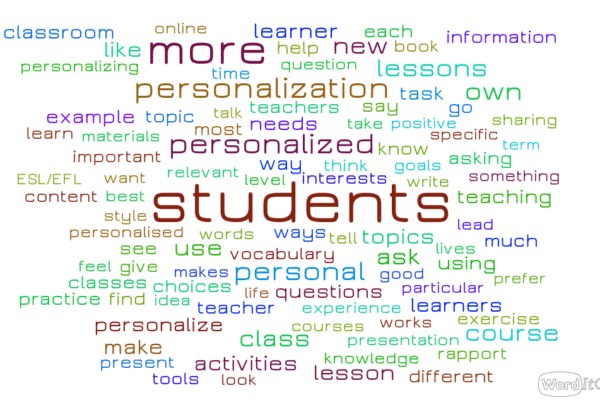Dealing With Teenagers’ Demotivation in The Classroom
One of the biggest concerns among teachers who work with teenagers is that they seem to be demotivated most of the time. It’s often said that teenage students don’t participate in classes so enthusiastically or don’t show interest in the activities. While that may be true, it will rarely happen to the whole group. Even so, we worry a lot with those who are not interacting so much; or at least not the way we expected them to.
The first and foremost aspect to be considered is the fun element of the classes. And when it boils down to fun, there are two kinds of teachers: those who see themselves as entertainers, and like to be regarded this way; and those who cringe at the word “fun”, as if this meant that we simply accept to play the role of an entertainer. The first kind needs to understand that classes must be mostly focused on students — teachers should just step out of the spotlight and create activities which are student centered, age appropriate, and fun for each particular group at the same time. As for the latter group, we warn that without fun as one of the ingredients of the class, it is quite hard to work successfully with adolescents. From our perspective, this is key to engage learners; because when they are enjoying the tasks, they lower their affective filter, which contributes to their learning.
Another aspect to be taken into account is the need of planning short, well targeted and uncomplicated activities. Balancing the kind of tasks they will be performing in class is relevant to get them to participate more actively. And why not simply changing pairs, grouping them in a different way, for example?
There are many ways we can nurture a fun environment in class. Just as the teachers know quite well, we can bring games, songs, videos, etc. to incorporate stirring elements into the lessons. But what if even so, you feel that students are demotivated?
Only by asking students their preferences will we give them voice to show that we care for them and we want to get to know them better. And this is something to be done frequently. What’s more, use these pieces of information they share with you to personalize your activities. One way you can do so is by becoming more aware of what learners like. And one practical idea you can do is to carry out a survey of their top ten favorites (for instance, songs, series, YouTube channels, artists, sports, free time activities in general). Bring these things to class as warm-up activities, lead-in, concept check questions, and controlled practice. When the teacher includes their personal likes, students have a say, and they actually feel like it.
In addition to personalization, finding a way to provide students with feedback will keep them on track. By showing them snapshots of their progress, they’re better able to analyse their strengths and weaknesses; it’ll also help them perceive gradual small gains on their learning journey, which is crucial to build their sense of achievement. Make sure you draw students’ attention before giving them feedback on performance or activities by starting with an introductory phrase such as “Let me give you some feedback on…”. This way, learners are more likely to register that feedback is happening constantly in your lessons.
In case you feel you have students who still seem to be demotivated in relation to your classes, don’t hesitate to talk to them and ask how they feel in relation to studying English and show them that you’re really into helping them to find more pleasant ways to learn. On that note, it’s crystal clear to students if you, as their teacher, feels at ease with them. They notice if you are excited about working with them. So wear your best smile, keep your most positive attitude.
As mediators of their contact with English, we play an important role in feeding them with extrinsic motivation. Likewise, what comes as a duty is our commitment to helping them find ways to figure out their intrinsic one. Therefore, we have to present them with ideas to connect their favorite hobbies and daily routine to English. To illustrate: websites about artists and activities they like, YouTube channels, songs, series, films, books, etc. Encouraging them to find these tools will be essential to show our students different ways they can practice at home, having fun at the same time. However obvious it might sound, there are teachers who don’t put it into practice.
We’ll be pleased to keep in touch with you in case you want to share your feelings and experiences about teenage students’ motivation.

Co-author:
A licensed Biology teacher who fell in love with English language teaching in 2011, Michelle Hudson holds the CELTA, TKTs Modules 1-3 and a TESOL certificate from Languages International (Auckland, NZ). She is now based in Seville – Spain, teaching at English Connection and also private students.






